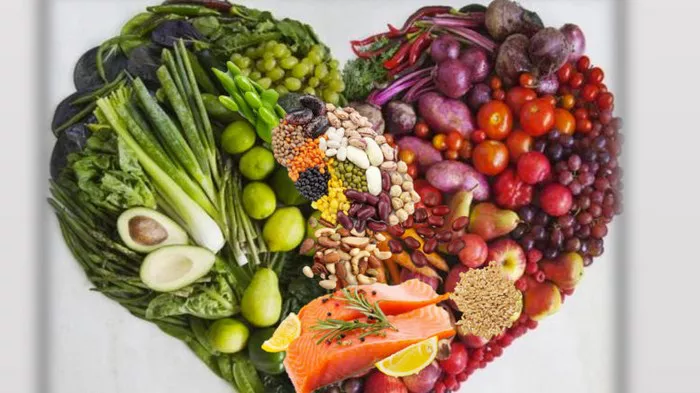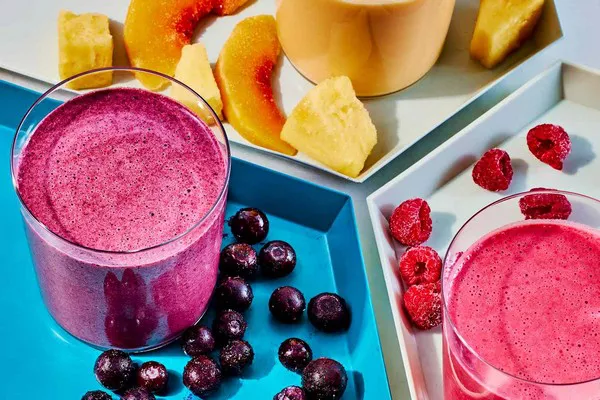Maintaining a healthy diet is essential for overall well-being. A balanced diet can help you feel better, have more energy, and prevent chronic diseases. This article will guide you through what to eat in a day to stay healthy, focusing on nutritious foods that provide the necessary vitamins, minerals, and other nutrients.
The Importance of a Balanced Diet
A balanced diet includes a variety of foods from all food groups. This variety ensures you get all the nutrients your body needs. The main food groups are:
- Fruits and Vegetables
- Grains
- Protein Sources
- Dairy or Dairy Alternatives
- Fats
Each group plays a crucial role in your diet. Let’s explore what to eat throughout the day.
Breakfast: Start Your Day Right
Breakfast is often called the most important meal of the day. A healthy breakfast can kickstart your metabolism and provide energy for the day ahead.
1. Whole Grains
Start with a base of whole grains. Options include:
Oatmeal: Rich in fiber, oatmeal can help lower cholesterol. Top it with fresh fruits and nuts for added nutrients.
Whole Grain Bread: Whole grain toast with avocado or nut butter offers healthy fats and protein.
2. Fruits
Add fruits for natural sweetness and vitamins. Consider:
Berries: Blueberries, strawberries, or raspberries are high in antioxidants.
Bananas: A great source of potassium and energy.
3. Protein
Include protein to keep you full longer. Try:
Eggs: A versatile option, eggs are packed with protein and essential nutrients. Scramble, boil, or poach them.
Greek Yogurt: High in protein and probiotics, yogurt can be topped with fruits or nuts.
Sample Breakfast Ideas
- Oatmeal topped with bananas and walnuts
- Scrambled eggs with spinach and whole grain toast
- Greek yogurt with mixed berries and a drizzle of honey
Mid-Morning Snack: Keep Energy Levels Up
A healthy snack can help bridge the gap between meals and maintain energy.
1. Nuts and Seeds
Nuts and seeds are great sources of healthy fats and protein. Options include:
Almonds: High in vitamin E and magnesium.
Chia Seeds: Rich in omega-3 fatty acids and fiber.
2. Fruits or Vegetables
Opt for whole fruits or cut-up veggies. Ideas include:
Apple Slices with Nut Butter: A satisfying mix of carbs and protein.
Carrot Sticks with Hummus: A crunchy and nutritious option.
Lunch: Fuel for the Afternoon
Lunch should be a balanced meal to keep your energy up for the rest of the day.
1. Lean Proteins
Include lean protein sources such as:
Chicken Breast: Grilled or baked, it provides essential amino acids.
Legumes: Beans, lentils, and chickpeas are excellent vegetarian options.
2. Whole Grains
Pair your protein with whole grains. Options include:
Quinoa: A complete protein that is also gluten-free.
Brown Rice: A fiber-rich choice that can be served warm or cold.
3. Vegetables
Load up on colorful vegetables. Consider:
Spinach: High in iron and vitamins A and C.
Bell Peppers: Rich in vitamin C and antioxidants.
Sample Lunch Ideas
- Grilled chicken salad with mixed greens, quinoa, and vinaigrette
- Chickpea and vegetable stir-fry over brown rice
- Turkey wrap with whole grain tortilla, spinach, and hummus
Afternoon Snack: Avoid the Slump
As the afternoon progresses, you may feel tired. A healthy snack can help.
1. Smoothies
Smoothies are a quick and nutritious option. Blend:
Fruits: Bananas, berries, or mangoes.
Greens: Spinach or kale for added nutrients.
Protein: Greek yogurt or protein powder.
2. Whole Grain Crackers
Pair whole grain crackers with toppings like:
Avocado: Provides healthy fats and fiber.
Cottage Cheese: A good source of protein and calcium.
Dinner: End Your Day Well
Dinner should be satisfying yet healthy. Focus on balanced portions.
1. Lean Proteins
Choose lean proteins to promote muscle repair. Options include:
Fish: Salmon or trout for omega-3 fatty acids.
Tofu: A great plant-based protein option.
2. Colorful Vegetables
Incorporate a variety of vegetables. Consider:
Broccoli: High in vitamins K and C.
Sweet Potatoes: A nutritious source of carbohydrates and fiber.
3. Whole Grains
Complete your meal with whole grains. Options include:
Farro: An ancient grain packed with fiber.
Whole Wheat Pasta: A heartier option that is also high in fiber.
Sample Dinner Ideas
- Baked salmon with roasted sweet potatoes and steamed broccoli
- Stir-fried tofu with mixed vegetables over quinoa
- Whole wheat pasta with marinara sauce and a side salad
Evening Snack: Light and Healthy
If you need a snack before bed, keep it light.
1. Herbal Tea
Herbal tea can be soothing. Consider:
Chamomile: Known for its calming effects.
Peppermint: A refreshing option that aids digestion.
2. Light Snacks
Choose light snacks like:
Greek Yogurt: Low in sugar, high in protein.
Dark Chocolate: A small piece for a sweet treat with antioxidants.
Staying Hydrated
Don’t forget to drink water throughout the day. Aim for at least eight 8-ounce glasses. Hydration is key for digestion, skin health, and overall well-being.
1. Flavor Your Water
If plain water is boring, add flavor:
Lemon or Lime: A refreshing citrus twist.
Cucumber Slices: Adds a crisp taste.
2. Herbal Infusions
Consider herbal infusions or teas for variety. They can be enjoyed hot or cold.
Tips for Eating Healthy
Plan Your Meals: Planning helps you make healthier choices and avoid last-minute unhealthy options.
Portion Control: Be mindful of portion sizes. Using smaller plates can help.
Listen to Your Body: Eat when you’re hungry and stop when you’re full.
Limit Processed Foods: Focus on whole, unprocessed foods as much as possible.
Conclusion
Eating healthy doesn’t have to be complicated. By including a variety of foods from all food groups and staying mindful of your portions, you can create a balanced diet that fuels your body. Remember to start your day with a nutritious breakfast, enjoy healthy snacks, and finish with a satisfying dinner. With these simple guidelines, you’ll be on your way to a healthier lifestyle.
























